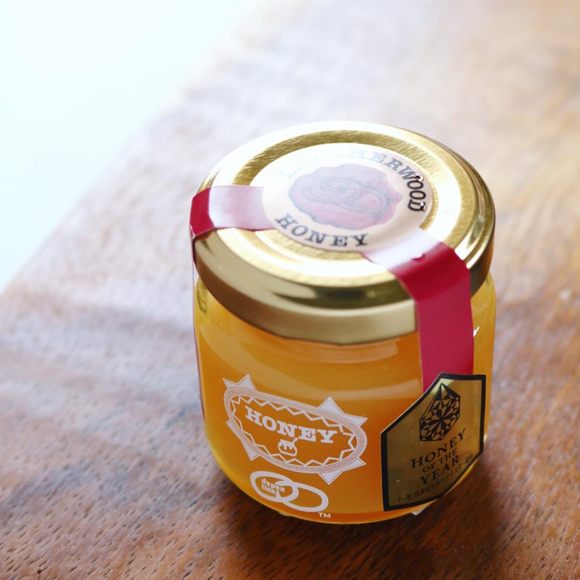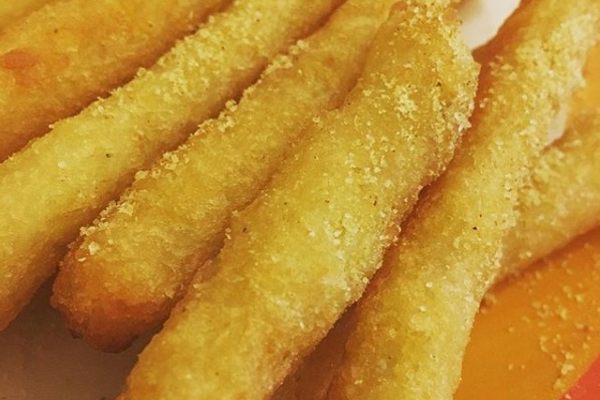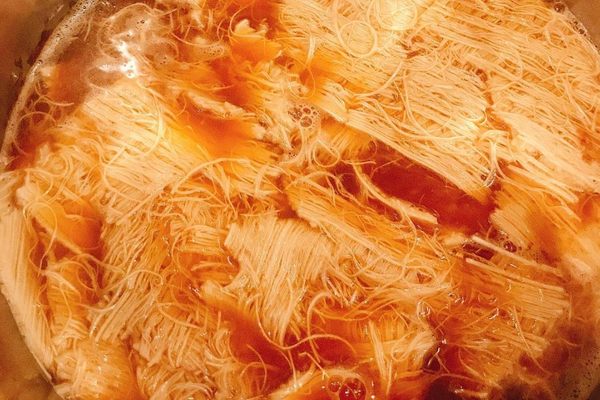Ingredients & Condiments
Tasmanian Leatherwood Honey
Bees get a lift from helicopters in order to produce this spicy honey.
The word Australia tends to bring to mind hot, dry land—quite possibly the furthest thing from a rainforest. But in Tasmania, Australia’s island state, temperate rainforests foster an unusually spiced honey.
Leatherwood honey has a savory profile that catches tasters by surprise. While the bees that produce the honey are your typical apis mellifera ligustica, it’s the flowering leatherwood tree they feed on that gives this honey its unique taste. Its sharp, musky flavor was once considered too strong to be desirable, but tastes have changed. In 2015, the Apimondia International Apicultural Congress named a leatherwood honey the best-tasting honey in the world.
But acquiring this delicacy is no easy feat. It takes a baby leatherwood 70 years before it reaches nectar-producing maturity. So if anything happens to the often centuries-old trees, there’s no replacing them anytime soon. Access is also a challenge, as logging, catastrophic weather, and wildfires have greatly reduced the number of road-accessible leatherwood groves. But honey-producers remain undeterred. One company actually flies hives deep into inaccessible parts of forests with helicopters. Another has beekeepers camp out in the forest during harvest season to maximize production.
Demand for leatherwood honey is high, with around 1,000 tons produced each year. A big portion heads to Asia, where it’s considered antibacterial and an immune system booster, much like its other antipodean counterpart, mānuka honey. But some years, there’s simply not enough of the product to export. After all, even as leatherwood honey’s profile is rising, the leatherwood trees themselves are falling.
Where to Try It
-
Australian Honey Products
11/11 High Street, Level 2, Launceston, 7250, AustraliaThis honey producer has won awards for its leatherwood honey.
-
The Tasmanian Honey Company
25A Main Rd, Perth, 7300, AustraliaThe company's store offers tastings of their famous leatherwood honey.
Written By
 Anne Ewbank
Anne Ewbank
Sources
- www.themercury.com.au/lifestyle/tasmanian-honey-named-best-in-the-world/news-story/a24671987f9fb08bbb1a55c9ef5ca18f
- www.theadvocate.com.au/story/4677500/reduced-leatherwood-stocks-threaten-honey/
- www.themercury.com.au/business/honey-export-hits-sweet-spot-with-eighttonne-shipment-on-its-way-to-china/news-story/132d79b8d400eb9b6f9ccddd461e2d4f
- www.broadsheet.com.au/feature/honey-tasmania
- tasmanianhoney.com/leatherwood-honey-harvest/
- www.abc.net.au/news/rural/2014-12-03/honey-shortage-beekeeping/5936618














